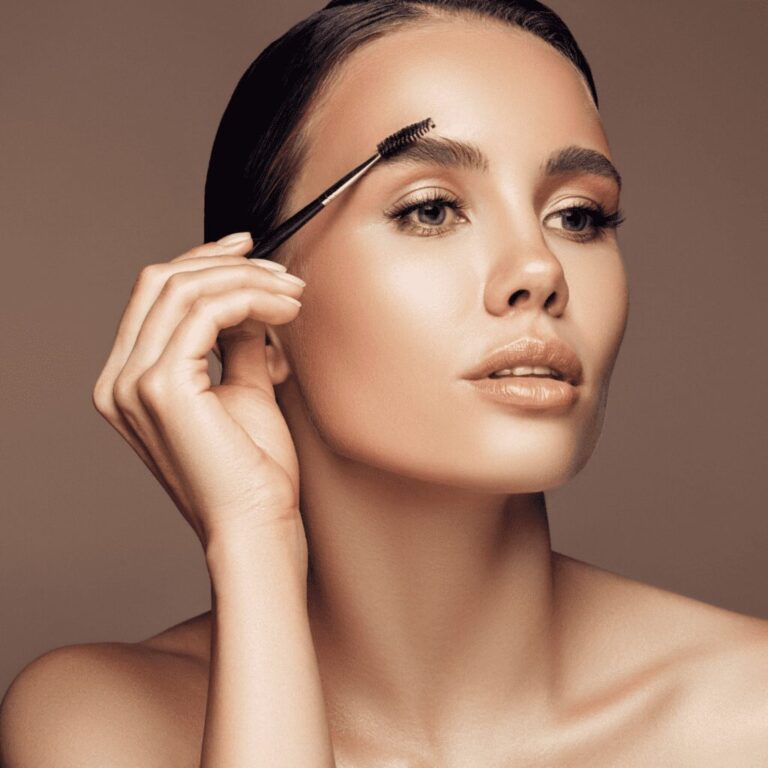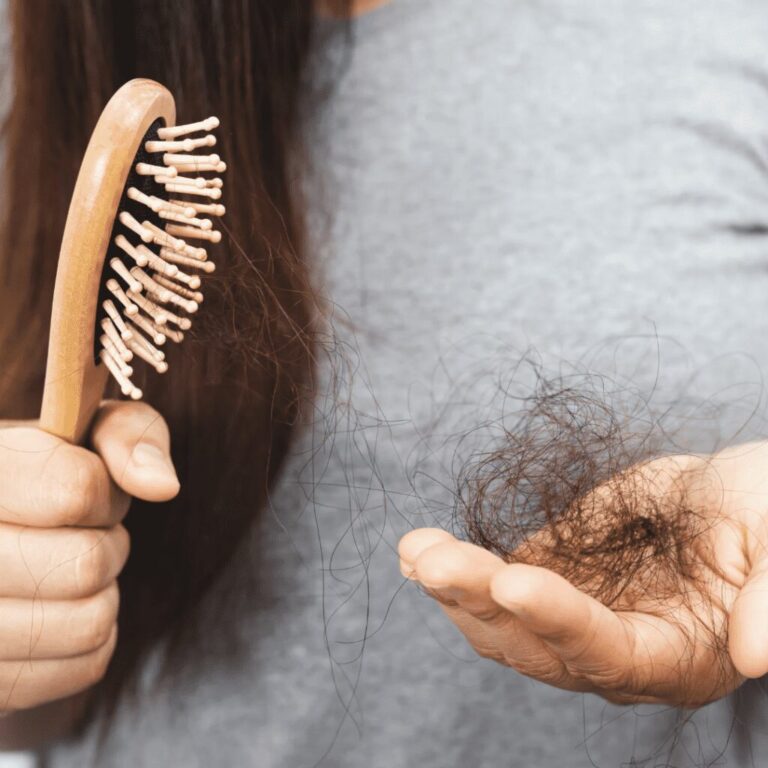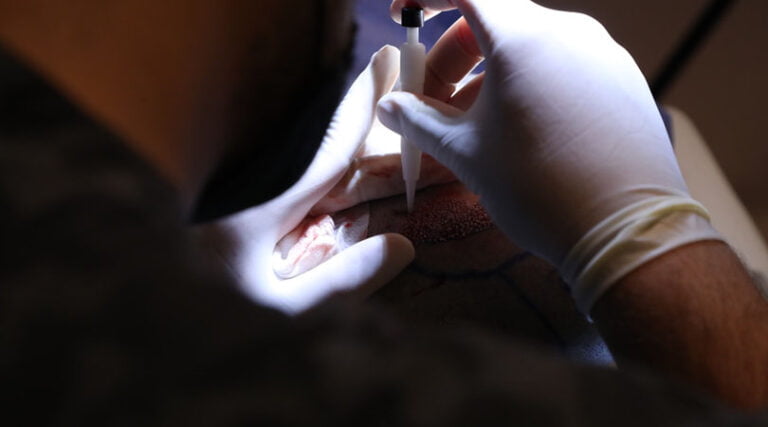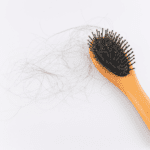Traction Alopecia: Hair Loss Due to Tension
Originating from the Latin term ‘alopecia’ implying hair loss, and ‘traction’ signifying pull, this condition is characterized by hair loss resulting primarily from excessively tight hairstyles or heavy hair extensions.
These hairstyles include tight ponytails, buns, braids, and dreadlocks, especially when combined with the use of heat and chemicals.Notably, if detected early and mitigated appropriately, the damage can be reversible.
Early intervention can reverse Traction Alopecia, but continued use of these hair-care practices may result in permanent hair loss. Learn more about preventing Traction Alopecia and promoting healthy hair growth.
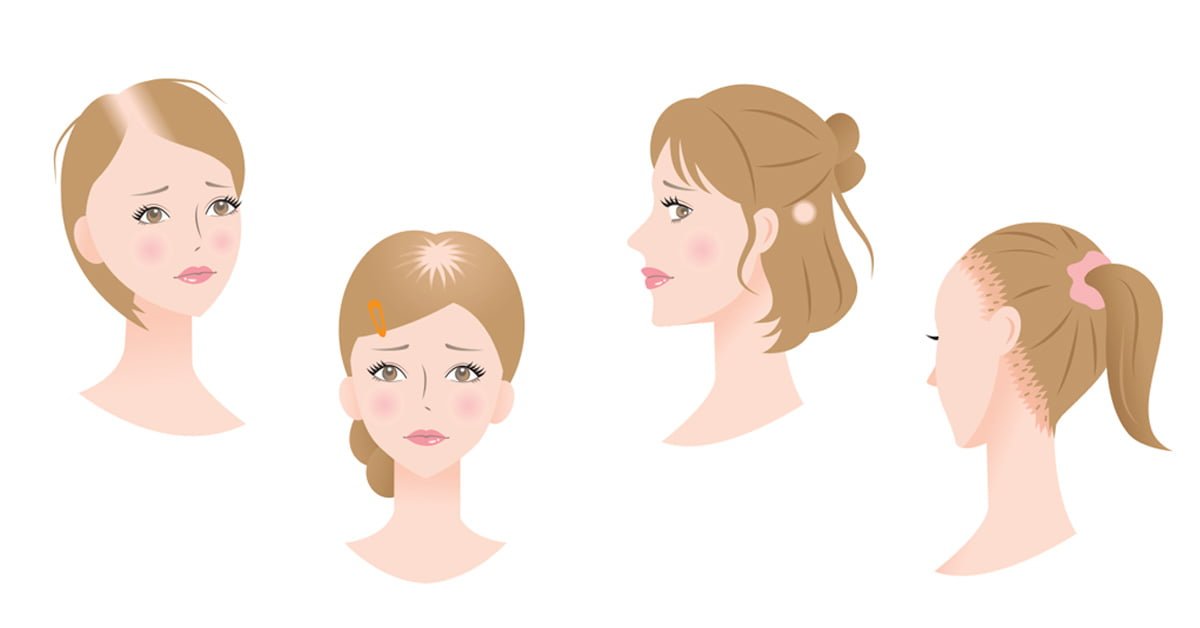
Causes of Traction Alopecia
Traction Alopecia is caused by hairstyles that exert excessive tension on the hair. Continual pulling weakens the hair shaft inside its follicle, leading to hair loss.
Additionally, the weight of overly long hair can also result in this condition. Opt for stylish and trendy tight braids, cornrows, or dreadlocks to enhance your look. Experiment with hair extensions or weaves for added versatility and flair. It’s common in certain professions that often require tightly tied hair, such as ballet dancers and gymnasts, and is seen to affect African-American women predominantly.
For another possible causes of hair loss read our post about hair loss types.
Symptoms of Traction Alopecia
Common symptoms of Traction Alopecia usually begin with small bumps on the scalp similar to pimples. With the progression of the condition, noticeable hair loss occurs along the front and sides of the scalp, although other regions may also be affected.
Additional symptoms such as redness, soreness, a stinging sensation, folliculitis (the inflammation of hair follicles), itching, and scaling might emerge. There may also be an occurrence of pus-filled blisters.
Patches of thin or broken hair may appear in places where the hair has been under strain. In more advanced cases, patches of shiny, scarred skin may be evident.
Prevention of Hair Loss Due to Tension
To effectively manage Traction Alopecia, here are some key prevention strategies:
- Toggle hairstyles every few weeks.
- Avoid elastic bands when tying up hair.
- Limit chemical treatments.
- Mitigate the use of heat styling tools.
- Take breaks between weave or extension wearings.
- Opt for thicker braids.
- Eschew hair relaxers.
- Use a lower heat setting on hair dryers and flat irons.
By following these steps, you can reduce the risk of Traction Alopecia and promote healthier hair.
Treatment Options
Treatments primarily involves altering hairstyles to reduce tension on the hair. Dermatologists may recommend topical steroids, antifungal shampoos, minoxidil (Rogaine), or biotin supplements to manage symptoms and restore hair growth. In severe cases of Traction Alopecia, a hair replacement procedure may be considered.
Remember, early intervention can reverse Traction Alopecia. However, persisting with aggressive styling habits could result in permanent hair loss.
Final thoughts from the More Clinics:
Dealing with hair loss, especially in other areas, can be challenging. Rest assured, your concerns are completely normal. It’s important to acknowledge and embrace these emotions without judgment. Be kind to yourself during this period.
Since this condition can be challenging, prioritize self-care and adopt a healthy lifestyle to enhance your overall well-being. Take proactive steps to nurture your physical and emotional health. Remember, we’re here to support you every step of the way.
GET A FREE CONSULTATION!
Let’s Start Planning Your Treatment %100 Guarantee Results.
Medically Reviewed by Dr. Seda Erdoğan who specialized on Hair Transplants, Dermatology


